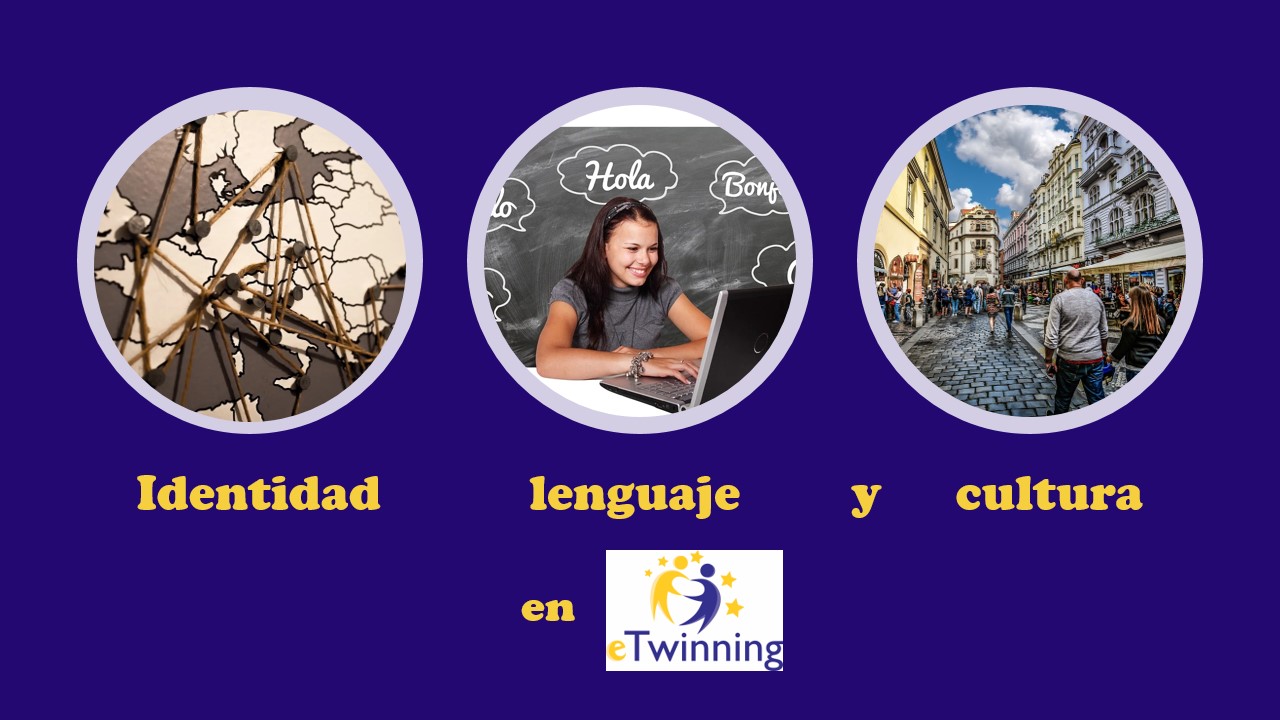Digital competence in pupils

Schools are in the process of implementing different devices with connections to the internet in order to develop digital competence in the students.
At the same time our students are using all of these devices from increasingly earlier ages both in school and in their daily lives, and their schools together with their families have the responsibility of developing their digital competences.
For this it is necessary to identify what aspects have to be covered so that our students acquire the digital competences that the present-day world requires. The European Digital Competences Project points out in its analysis that there are 5 areas to digital competence: Information, Communication, Content Creation, Safety and Problem Solving. These are the competences that our students should acquire during their time at school.
The Common framework for Teachers’ Digital Competence [El Marco Común de Competencia Digital Docente] published by the INTEF, (http://educalab.es/intef/tecnologia/competencia-digital/competencia-digital-docente ) establishes a reference for indicating the different areas and levels of competence for the teachers.
Today we want to present the diagram created by Netsafe (http://www.netsafe.org.nz/ ), an organization established in New Zealand, which can be of great help in establishing a plan for the development of digital competences in the students during their time at school ( http://www.thegrid.org.nz ).
This diagram presents 4 levels of competence which are developed during the time spent at school: Beginner, Apprentice, Practitioner and Master.
There are three areas at each of the levels:
·Connection, which implies understanding the impact and the potential of ICT use for individuals and society.
·Safety, which implies developing personal strategies for a safe use of the internet.
·Responsibility, aimed at understanding, applying and promoting the guidelines for the correct use of the internet and for encouraging good relations among users.
You can also find in the diagram ideas and activities to be carried out in the classroom with the students at each of the different levels and in each area, which we consider of interest for teachers and schools.
Source of the images: INTEF image bank
Recommendations







Reglamento de protección de datos (información básica)
En cumplimiento de la normativa de protección de datos personales, le informamos de que sus datos serán incorporados al tratamiento denominado “eTwinning participación”, cuya finalidad es la participación en el proyecto de colaboración europeo eTwinning.
Puede usted ejercitar los derechos de acceso, rectificación, oposición, supresión (“derecho al olvido”), limitación de tratamiento y portabilidad y a no ser objeto de decisiones individuales automatizadas que sean de aplicación de acuerdo a la base jurídica del tratamiento. Podrá hacerlo en la sede electrónica del ministerio (http://www.educacionyfp.gob.es/servicios-al-ciudadano-mecd/catalogo/educacion/varios/proteccion-datos.html), presencialmente en las oficinas de registro o por correo postal.
Al rellenar y enviar este formulario usted concede su consentimiento inequívoco para el almacenamiento de sus datos en nuestros ficheros tal y como se especifica en nuestras normas de privacidad.
Normas de privacidad
NOMBRE DEL TRATAMIENTO
eTwinning participación.
FINALIDAD
Participación en el proyecto de colaboración europeo eTwinning.
RESPONSABLE
Dirección General de Evaluación y Cooperación Territorial del Ministerio de Educación y Formación Profesional
C/ Alcalá, 34; 28014-MADRID.
DELEGADO DE PROTECCIÓN DE DATOS
Subdirección General de Atención al Ciudadano, Documentación y Publicaciones.
c/ San Agustín 5, 28014-MADRID
dpd@educacion.gob.es
PLAZOS O CRITERIOS DE CONSERVACIÓN DE LOS DATOS
Sus datos se conservarán durante el tiempo necesario para la tramitación y respuesta de su solicitud. Además, será de aplicación lo dispuesto en la normativa de archivos y documentación.
DECISIONES AUTOMATIZADAS
No se realizará toma de decisiones individuales automatizadas basadas en la información que usted nos proporciona.
PLAZOS O CRITERIOS DE CONSERVACIÓN DE LOS DATOS
Sus datos se conservarán durante el tiempo necesario para la tramitación y respuesta de su solicitud. Además, será de aplicación lo dispuesto en la normativa de archivos y documentación.
LEGITIMACIÓN O BASE JURÍDICA DEL TRATAMIENTO
El tratamiento es necesario para el cumplimiento de una obligación legal aplicable al responsable del tratamiento, artículo 6.1e) del RGPD, Reglamento UE 2016/679, y en la Ley 8/2013, de 9 de diciembre, para la mejora de la calidad de la enseñanza.
DESTINATARIOS
Departamentos de Educación de las CC.AA que llevan proyectos europeos, para distintas gestiones, como la tramitación de permisos ausencia del centro, envío de información relevante, etc.
DERECHOS
Puede usted ejercitar los derechos de los artículos 15 al 22 del RGPD que sean de aplicación de acuerdo a la base jurídica del tratamiento. Podrá hacerlo en la sede electrónica del ministerio, presencialmente en las oficinas de registro o por correo postal.
AUTORIDAD DE CONTROL
La autoridad de control en materia de protección de datos personales es la Agencia Española de Protección de Datos (http://www.aepd.es).
CATEGORÍA DE DATOS PERSONALES
Los datos personales que se tratarán son los que figuran en el formulario que usted nos proporciona.